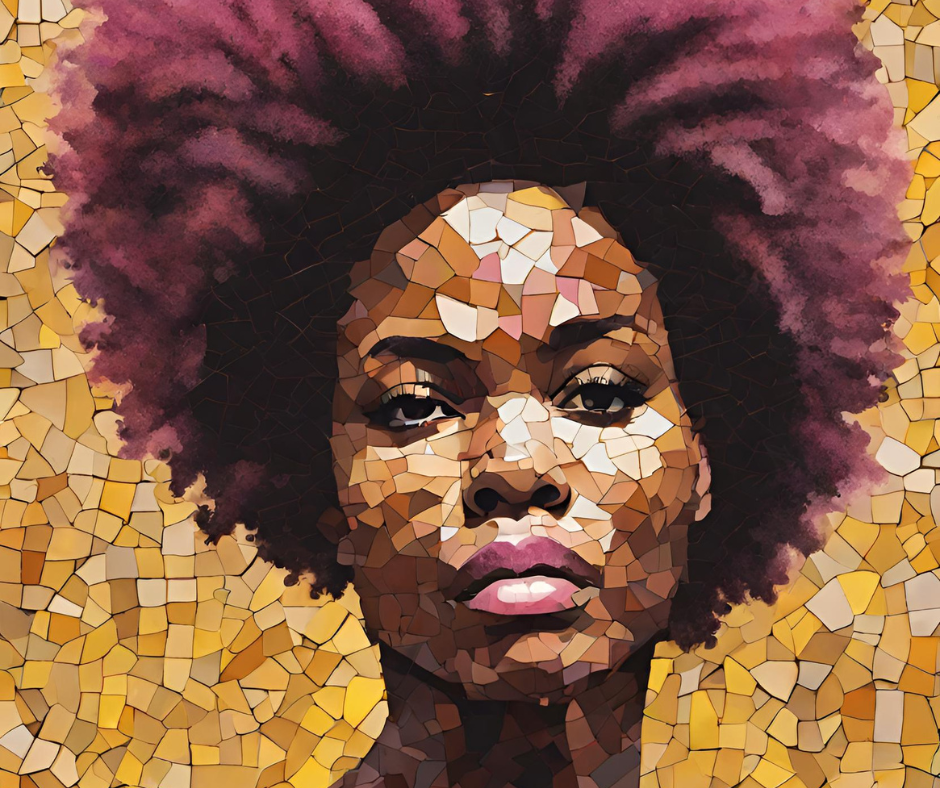
by Tara E. l Updated March 15, 2025
Endometriosis is a chronic gynecological health condition that affects many women, including African American women. It happens when the kind of tissue that usually lines the inside of the uterus—the place where a baby can grow—grows outside of it instead. This can cause pain, especially during a woman’s period, and sometimes other problems like trouble getting pregnant. Today, we’re going to talk about how endometriosis in African American women specifically looks at some important numbers, understand why it happens, and explore how to manage or treat it.
What the Numbers Say
Endometriosis is common. It’s estimated that it affects about 1 in 10 women during their reproductive years. However, African American women often face a longer path to getting a correct diagnosis. Research indicates that African American women are less likely to be diagnosed with endometriosis compared to their white counterparts. A study published in the American Journal of Obstetrics & Gynecology found that Black women were 50% less likely to receive an endometriosis diagnosis than white women. This means they might live with the pain and other symptoms for a long time before knowing the cause. Studies suggest that African American women are less likely to be diagnosed with endometriosis compared to their white counterparts, but when they are diagnosed, they often have more severe forms of the disease.
Why It Happens: Risk Factors
The exact cause of endometriosis is still a mystery, but several factors might increase a woman’s chance of developing it:
- Genetics: If your mother, sister, or daughter has endometriosis, your risk is higher.
- Menstrual Cycle Patterns: Longer periods or shorter cycles can increase the risk.
- Health History: Certain health issues, like never giving birth, can play a role.
For African American women, there’s also the challenge of systemic barriers in healthcare. This includes less access to care, delayed diagnosis, and sometimes, not being taken as seriously when they talk about their symptoms.
Symptoms to Watch For
The symptoms of endometriosis can vary, but here are some common ones:
- Painful Periods: This is the most common symptom. The pain can start before the period and last for several days.
- Pain with Intimacy: Some women experience pain during or after being intimate.
- Difficulty Getting Pregnant: Endometriosis is one of the top reasons some women have trouble conceiving.
- Other Pains: This can include pain when going to the bathroom during your period or chronic lower back and pelvic pain.
Endometriosis Arsenal


Treatment Options
The good news is, there are several ways to manage and treat endometriosis. Treatment depends on how severe the symptoms are and whether a woman wants to have children in the future. Here are some options:
- Pain Medication: Over-the-counter pain relievers can help manage period pain.
- Hormone Therapy: This can help slow the growth of endometriosis tissue and reduce symptoms.
- Surgery: For severe cases, surgery might be recommended to remove the endometriosis tissue.
It’s important for African American women to find a healthcare provider they trust and who understands the unique challenges they face. Getting an early diagnosis and starting treatment can make a big difference in managing symptoms and improving quality of life.
Pain Management Relief Options

What You Can Do: A Call to Action
If you or someone you know might have endometriosis, here’s what you can do:
- Talk About It: Don’t keep the pain a secret. Share what you’re going through with family, friends, or a support group.
- Find the Right Doctor: Look for a healthcare provider who knows about endometriosis and listens to your concerns.
- Get Informed: Learn as much as you can about endometriosis. Knowing more can help you make the best decisions for your health.
- Advocate: Stand up for your health needs. If you feel like you’re not being heard, it’s okay to seek a second opinion.
Endometriosis can be a challenging journey, especially for African American women who face additional hurdles in getting the care they need. But by raising awareness, pushing for better healthcare access, and supporting one another, we can make a difference. Remember, you’re not alone, and help is available. Together, we can take steps to manage endometriosis and improve the lives of all women affected by it.
Cookbooks that Support Healthy Eating and Efforts to Reduce Inflammation in the Body
🎙️ Listen to “The Rooted Will, Rising Advocate” Podcast
Dive deeper into this topic with our podcast episode: Endometriosis and the Silent Struggle! Join us as we explore the struggles many women with endometriosis face, including misdiagnosis, delayed treatment, and outright dismissal by some healthcare providers. In this episode, we are breaking down why Black women’s pain is ignored, the lack of research in Black communities, treatment options, and how to advocate for proper care. Tune in for advocacy tips, advice, and resources to help you take control of your health. #Endometriosis #BlackWomensHealth #MedicalBias
🎧 Listen now and gain valuable insights:
💡 Why tune in?
- Get perspectives on Endometriosis
- Gain insight into the unique challenges Black women face
- Stay inspired and informed with every episode.
🔗 Subscribe to the podcast on Spreaker or find it on your favorite platforms like Spotify, Apple Podcasts, and Google Podcasts.
Sources
Matthews, C. A., & Younes, N. (2019). Behind the times: Revisiting endometriosis and race. American Journal of Obstetrics & Gynecology, 220(3), 234-235. https://doi.org/10.1016/j.ajog.2018.12.016
More from Mahogany Speaks to You

Breaking the Silence—Why Endometriosis is Underdiagnosed in Black Women



